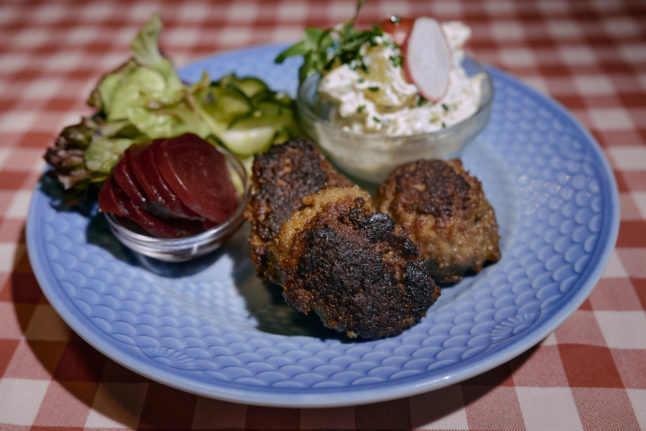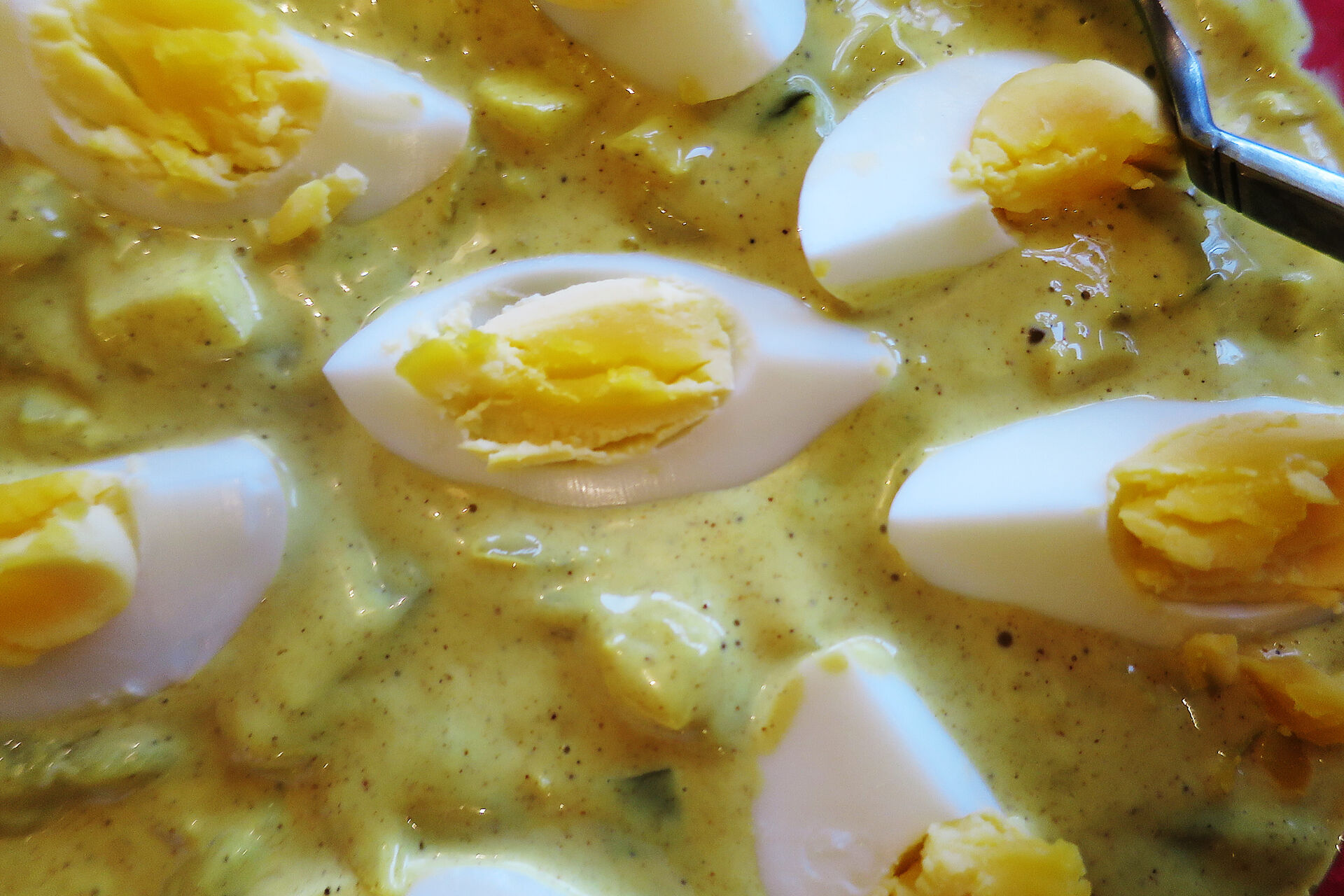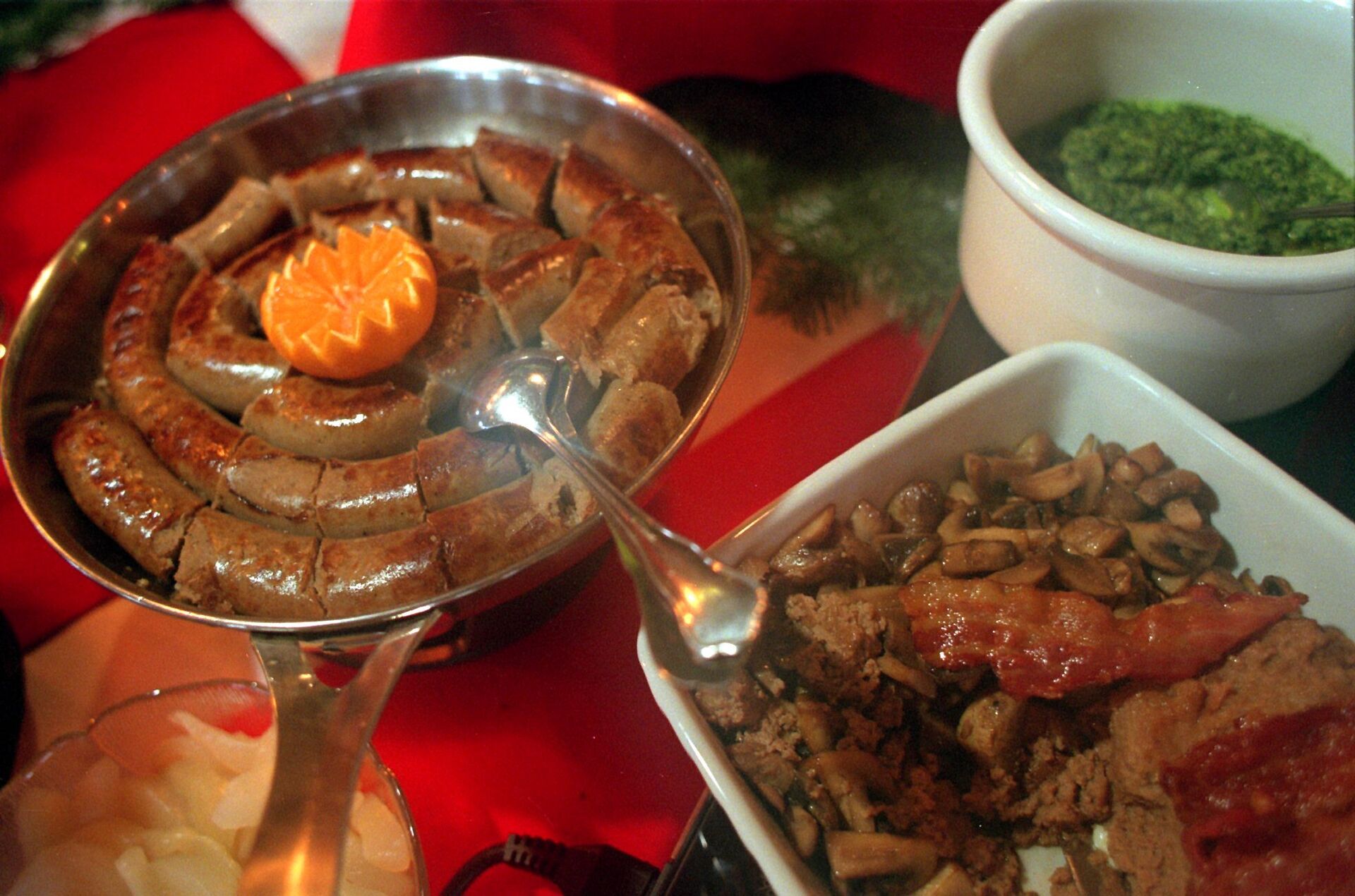CANCER
Danish bacon and hot dogs could cause cancer
UPDATED: Processed meats including those found in hot dogs and bacon have been listed as potential causes of cancer by the World Health Organisation (WHO) but Danish food officials told The Local that it is unlikely that Denmark will issue new dietary recommendations.
Published: 26 October 2015 16:56 CET
Updated: 27 October 2015 11:21 CET
Updated: 27 October 2015 11:21 CET

Will the report make Danes think twice about visiting the nearest pølsevogn? Photo: Colourbox
Eating hot dogs and bacon may constitute something of a national obsession in Denmark, but according to the WHO, those types of processed meats can lead to more serious health risks than previously thought.
The organisation's latest report suggests that having just 50g of processed meat a day – less than two slices of bacon or one hot dog – increases the chance of developing colorectal cancer by 18 percent.
It is the first time that the World Health Organisation (WHO) has said that there is “sufficient evidence” to make the link.
“For an individual, the risk of developing colorectal cancer because of their consumption of processed meat remains small, but this risk increases with the amount of meat consumed,” Dr Kurt Straif, Head of the WHO's International Agency for Research on Cancer's (IARC) Monographs Programme said in a statement following the report's release on Monday.
“In view of the large number of people who consume processed meat, the global impact on cancer incidence is of public health importance,” he added.
The IARC Working Group considered more than 800 studies that investigated associations of more than a dozen types of cancer with the consumption of red meat or processed meat in many countries and populations with diverse diets.
It concluded that there was also “limited evidence” to suggest that the consumption of red meat could cause colorectal, pancreatic and prostate cancer, but said that more research needed to be done in this area.
The Danish Veterinary and Food Administration (Fødevarestyrelsen – DVA) told The Local that it was unlikely to change official dietary recommendations based on the WHO report.
“It doesn't immediately appear as if the WHO report has recommendations that are significantly different than those we have given on meet products since 2013. When the researchers behind the report now put processed meats in the same risk category as tobacco, it doesn't mean that they consider processed meat more dangerous than before,” Else Molander, head of division at DVA, said.
Molander added that the WHO's recommendations to eat no more than 500g of processed meat per week is in line with the official Danish dietary guidelines. She did however say that DVA would take a closer look at the WHO report and determine if Denmark should adjust its recommendations.
Url copied to clipboard!




 Please whitelist us to continue reading.
Please whitelist us to continue reading.
Member comments